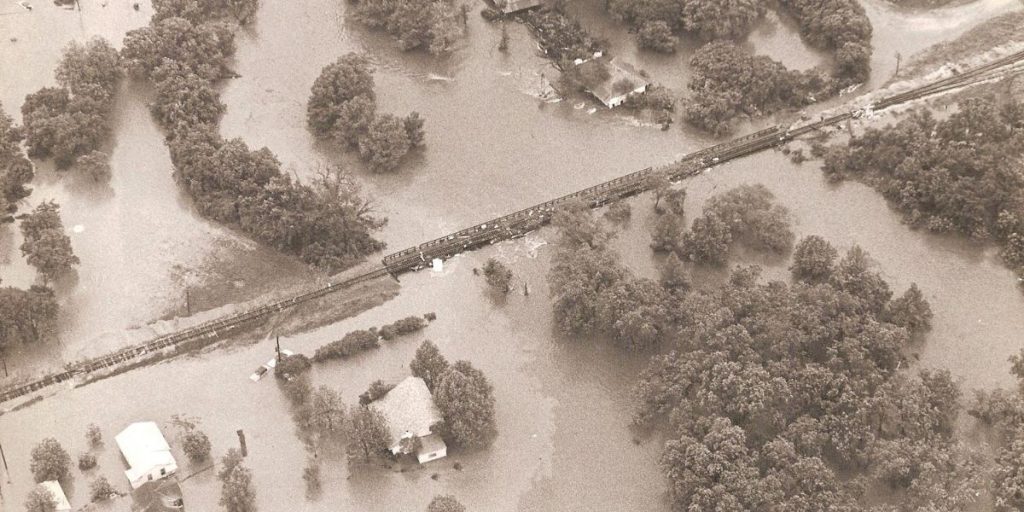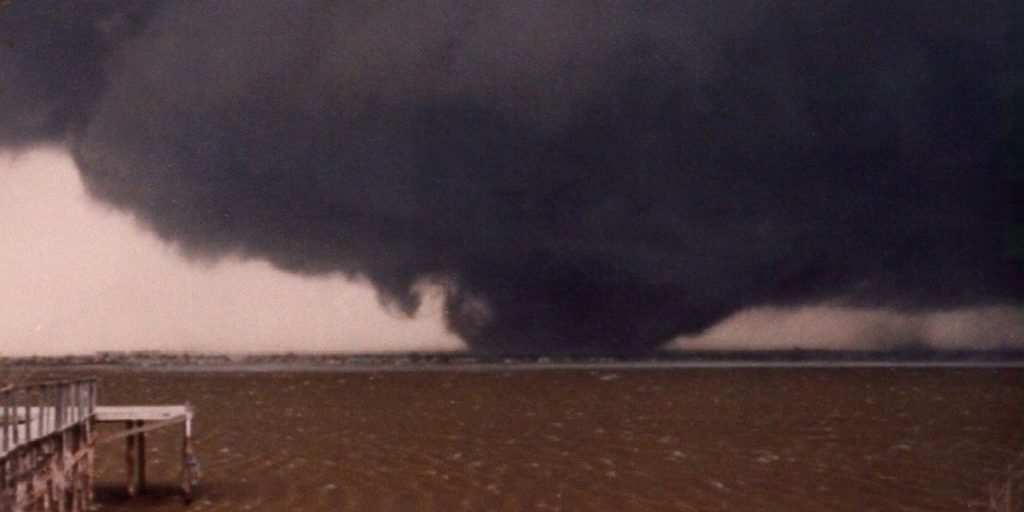Texas, the second-largest state in the U.S., has faced its fair share of natural disasters over the years. From hurricanes to floods and tornadoes, the Lone Star State has experienced the full spectrum of nature’s destructive forces. In this article, we delve into the pages of history to recount the biggest natural disasters that have left an enduring impact on Texas and its resilient communities.
The Great Galveston Hurricane (1900)
Often referred to as the deadliest hurricane in U.S. history, the Great Galveston Hurricane of 1900 struck with unprecedented force, claiming an estimated 8,000 lives. The storm surge inundated the island city, leading to widespread destruction and reshaping the way communities approached hurricane preparedness.
Central Texas Flood (1921)
A catastrophic flood in Central Texas in 1921 resulted from heavy rainfall saturating the soil, leading to the failure of multiple dams. The ensuing wall of water swept through communities, causing significant loss of life and property. This disaster prompted improvements in flood control infrastructure across the state.

Hurricane Harvey (2017)
In recent memory, Hurricane Harvey made landfall and unleashed a deluge of rainfall that led to unprecedented flooding in Houston and the surrounding areas. The storm dumped over 60 inches of rain in some places, displacing thousands and causing extensive damage. Harvey underscored the importance of robust flood control systems and emergency response measures.
Wichita Falls Tornado (1979)
The Wichita Falls Tornado of 1979 was a powerful F4 tornado that tore through the city, leaving destruction in its wake. With wind speeds exceeding 200 mph, the tornado resulted in significant property damage and loss of life. The disaster prompted advancements in tornado warning systems and community preparedness.

Smithville Wildfires (2011)
In 2011, Texas faced one of its most severe wildfire seasons, with the Bastrop County Complex Fire being the most destructive. The Smithville area was particularly hard-hit, as raging wildfires consumed homes and vast expanses of land. The event highlighted the challenges posed by extreme drought conditions and the importance of wildfire prevention measures.
Trinity River Flood (1935)
The Trinity River Flood of 1935 brought widespread devastation to areas along the Trinity River. Overflowing levees contributed to massive flooding, causing significant agricultural and property losses. This disaster led to the construction of dams and reservoirs to mitigate future flood risks.
Conclusion
Texas, with its diverse geography and climate, has faced a myriad of natural disasters throughout its history. While these events have left scars, they have also spurred advancements in infrastructure, emergency response, and community resilience. As the state continues to grapple with the challenges posed by nature, each disaster serves as a reminder of the importance of preparedness, adaptation, and a collective spirit to face the forces of Mother Nature head-on.